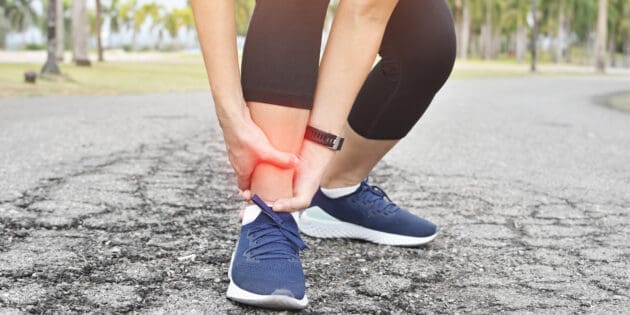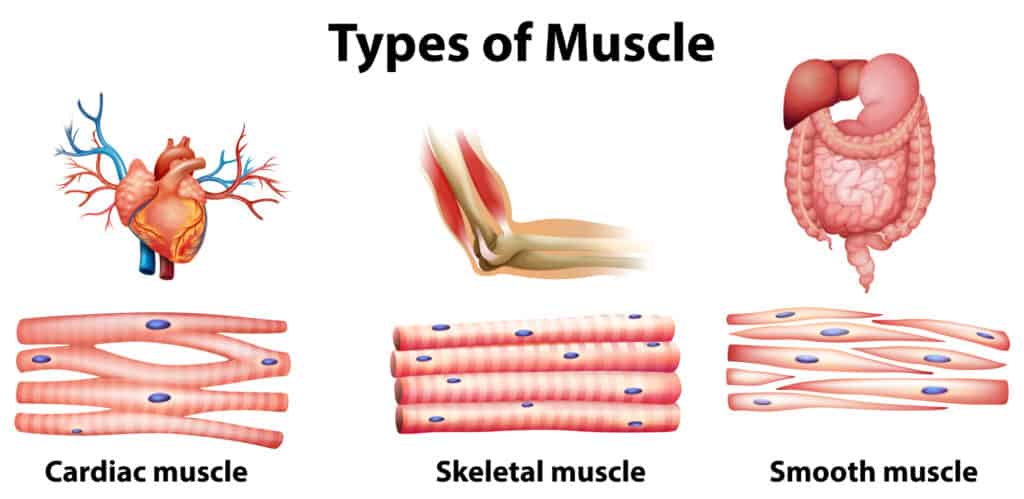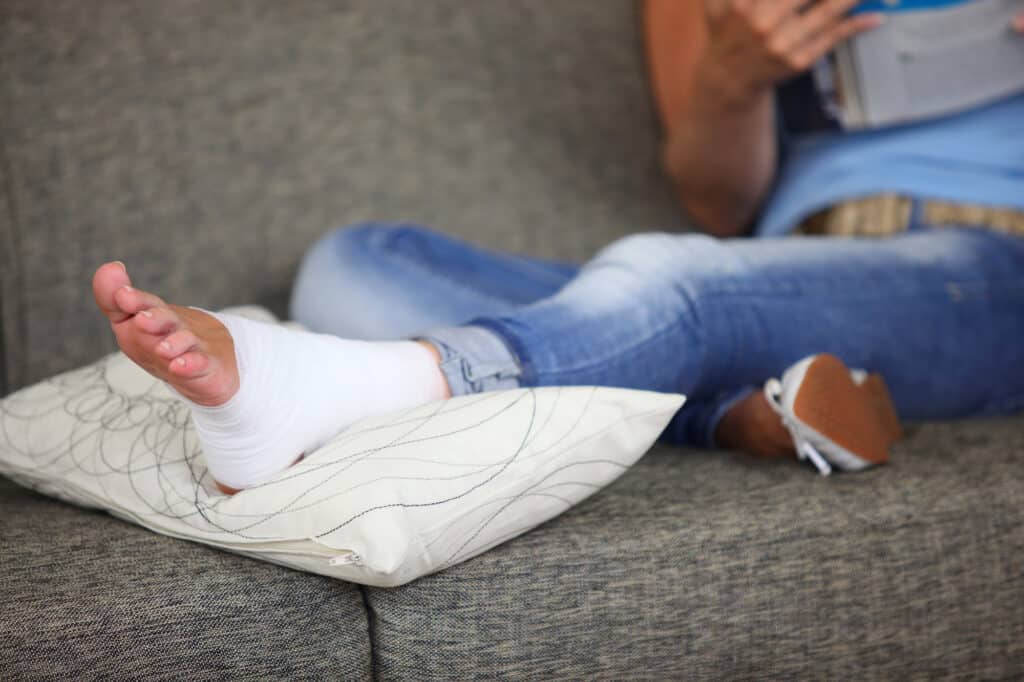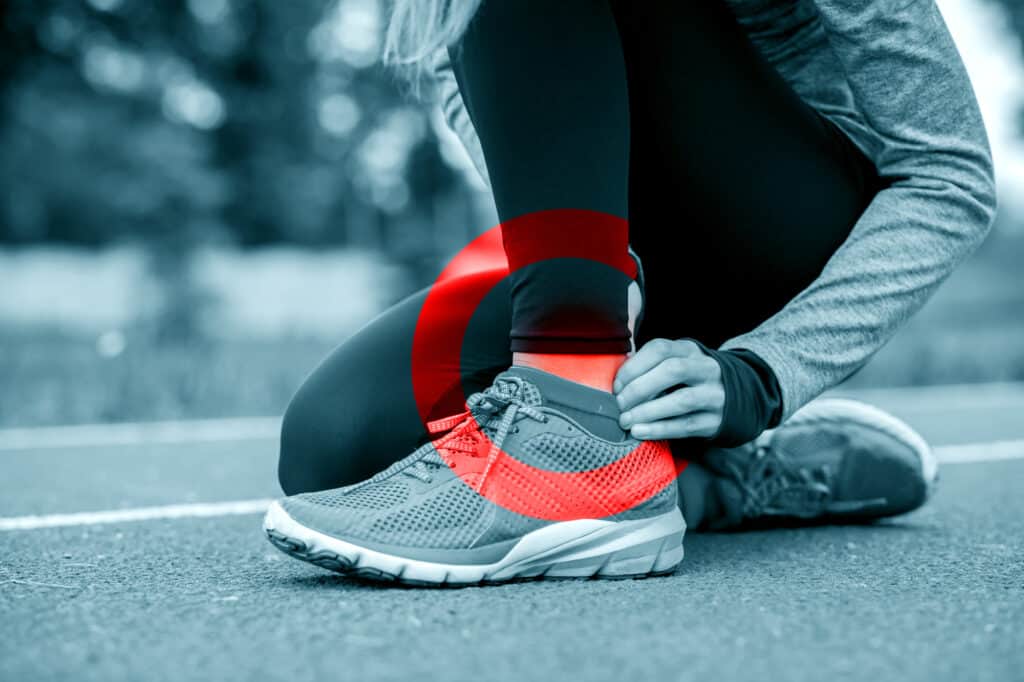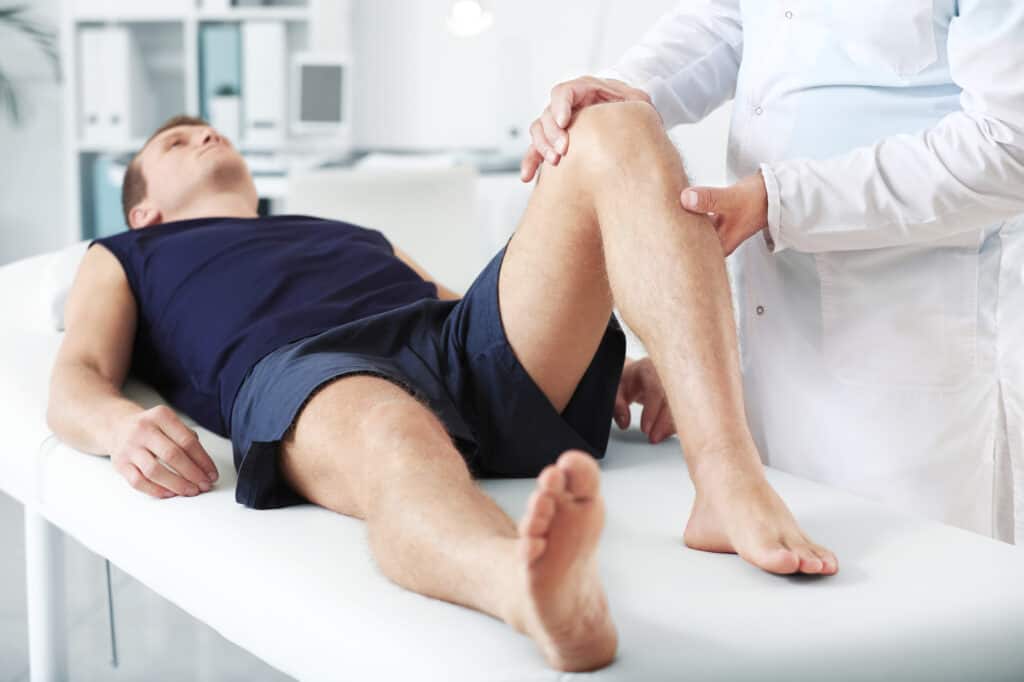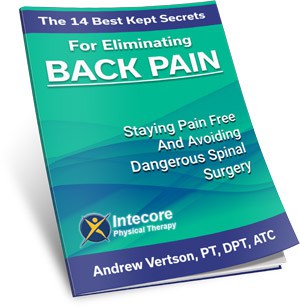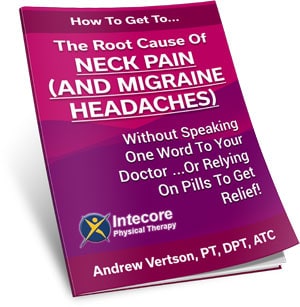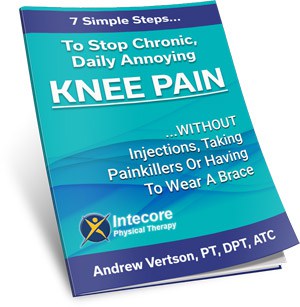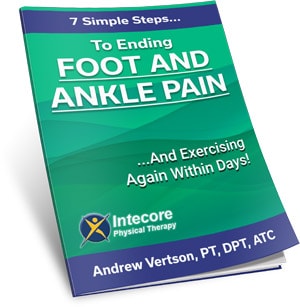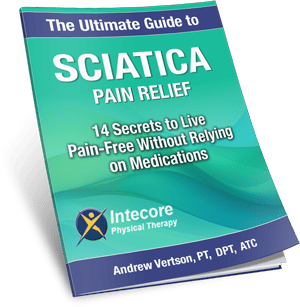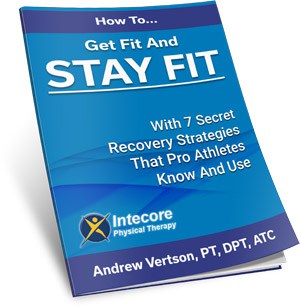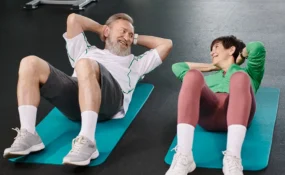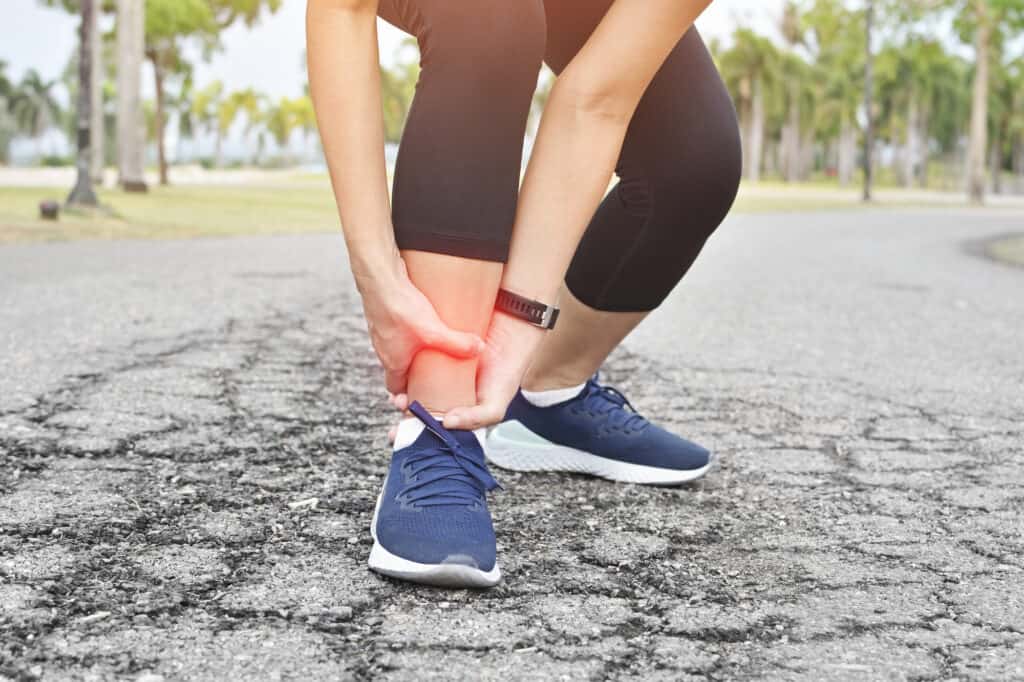 If you’re an athlete or an active person, the chances are you have either had one or know someone who has had a muscle strain or sprain recently. These acute injuries can range from mild discomfort to completely debilitating pain, affecting your physical and mental well-being.
If you’re an athlete or an active person, the chances are you have either had one or know someone who has had a muscle strain or sprain recently. These acute injuries can range from mild discomfort to completely debilitating pain, affecting your physical and mental well-being.
But what is the difference between a muscle strain and a sprain, and do you treat them differently?
This blog post explores their key differences and provides helpful tips on preventing and managing these common injuries.
So, if you’re curious about the distinction between muscle strains and sprains or you’re worried that you might have one, read on.
More Blogs From Intecore
What Are Lumbar Support Braces, And Do I Need One?
Does Physical Therapy For Vertigo Work?
Can High-Intensity Workouts Be Good For Overall Health?
Muscle Strains and Sprains. What’s The Difference?
Have you ever had pain in a joint or muscle but weren’t sure whether it was a strain or a sprain?
We know that it can be confusing to differentiate between them since they have similar symptoms and require rest and rehabilitation.
However, a few key differences can help you identify which one you’re dealing with. A sprain is an injury to a ligament that connects bone to bone, while a strain is an injury to a muscle or tendon that connects muscle to bone.
Sprains are more commonly caused by sudden twisting or impact, while strains are often caused by overuse or repetitive motions. Knowing these differences can help you properly treat and recover from your injury.
Understanding Muscles – What Are They And How Do They Work In The Body
Muscles are more than those bulging parts you see on bodybuilders. Muscles are soft tissues made up of long, slender cells called muscle fibres. They’re responsible for the movement of every single part of your body, from your eyelids to your toes.
When a muscle contracts, it shortens and pulls on the bones it’s attached to, allowing movement. And the best part? You have over 600 muscles in your body – working hard to make everything happen, whether you’re walking, running, or even just blinking. Pretty cool, right?
Identifying Muscle Strains vs. Sprains
If you’ve ever had a muscle injury – or got one now – it can be hard to tell the difference between a sprain and a strain since both involve damage to muscle tissue. However, there are some key differences to look out for. A strain usually occurs when a muscle is stretched too far.
At the same time, a sprain is more common in ligaments when twisted or overstretched. It’s also worth noting that strains tend to cause more localized pain, while sprains can cause pain in a broader area. But if you’re ever unsure about any type of injury, it’s best to consult a physical therapist to get a proper diagnosis and treatment plan.
Do you know which one do you have? If not, we can help.
What Causes Muscle Strains and Sprains – Common Activities that Can Lead to Injury
We’ve all been there – one minute, you’re feeling great, and the next, you’re sidelined with a strain or sprain. While these injuries can happen to anyone, certain activities are more likely to be the culprits. Playing sports like basketball or soccer can put you at risk for ankle sprains.
Repetitive motions like typing or gardening can lead to strain injuries in your wrists and hands. Even seemingly benign activities like carrying heavy bags or standing for long periods can cause strains or sprains in your back or legs.
So, it’s important to be mindful of these risks and prevent injury by using proper form and stretching before any strenuous activity that involves lots of twists and turns and changes in direction.
What Are The Symptoms of Muscle Strains and Sprains?
So, let’s talk about the symptoms. How can you tell if you’re dealing with a strain or sprain?
Well, typically, strains occur when a muscle is pulled or overstretched, and sprains happen when a ligament is stretched or torn.
Generally, you can tell if it’s a strain if you feel soreness, stiffness, or dull achy pain. Sprains, on the other hand, tend to feel sharper or more like a stabbing pain.
The good news is that you can treat most strains at home with rest, ice, compression, and elevation (RICE). But if the pain is severe, or you notice any swelling or discolouration, it’s important to see a physical therapist to rule out more serious injuries.
How To Treat Muscle Strains and Sprains
Whether from a sports injury or a simple misstep, muscle strains and sprains can really slow you down. They stop you from doing just about everything – especially if the injury is an ankle sprain or strain or injury to the muscles in your lower back.
Luckily, however, there are a few things you can do to help manage the pain and promote healing. Resting the affected area, icing it, and elevating the injury can all help ease discomfort and reduce swelling.
Over-the-counter pain relievers can also be helpful (but we would recommend that you try and avoid them). But if the injury is particularly severe or persists for more than about seven days, we recommend that you book a consultation with a physical therapist. We can provide additional treatment options to help get you back on your feet and feeling your best as quickly as possible.
How Does Physical Therapy Help With Strains And Sprains?
Physical therapy is proven to be one of the most effective means of recovery for musculoskeletal injuries such as muscle strains and sprains, as well as many other injuries and medical conditions. It plays a key role in relieving pain from these injuries and can also lessen your chances of similar injuries in the future.
Physical therapy sessions for muscle strains and sprains focus on restoring movement and treating pain (without surgery or medication). By working with a physical therapist, you can learn exercises and techniques that can help you regain strength and flexibility in the affected area.
Your first session might seem daunting. But don’t worry – it’s quite straightforward and largely pain-free. We evaluate your injury, ask about your symptoms, and discuss your medical history. From there, we design a customized treatment plan that may include stretches, exercises, and massage techniques.
Your therapist may modify your plan as you progress to fit your changing needs and recovery goals. But with hard work and patience, you’ll be on your way to a full recovery in no time.
Exercising might seem counterintuitive when recovering from a muscle strain or sprain. However, certain exercises can aid in the healing process. Low-impact exercises like swimming or cycling are great for maintaining cardiovascular health while placing minimal stress on the injured area.
Strengthening exercises, such as leg raises or squats, can also help rebuild weakened muscles and prevent future injuries. Stretching exercises, such as yoga or Pilates, can improve flexibility and range of motion to aid healing. But it’s important to consult with your physical therapist before beginning any new exercise regimen to make sure it’s safe.
When healing from a strain or sprain, it’s important to take care and avoid certain activities that could hinder or worsen the recovery process. High-impact exercises, like running, jumping, and lifting heavy weights, should be avoided until you’re fully healed.
Activities requiring sudden movements or jerks, like playing basketball or football, can also be risky. Additionally, avoiding any activities that cause pain, discomfort, or swelling is important. Instead, focus on low-impact exercises and activities that don’t put excessive strain on the affected area, such as walking, swimming, or gentle stretching. Remember, sufficient rest and recovery time is essential to returning to your normal activity level as quickly as possible and in preventing future injuries.
Regarding injuries, knowing the signs and symptoms of a more serious issue is important. While some seem like normal aches and pains, others may require medical attention. Knowing when to seek help and when to return to your physical therapist can make a difference in your recovery.
Pay attention to any persistent pain, swelling, or limited mobility, as these may indicate something more serious. Don’t hesitate to seek medical attention if unsure, as early intervention can prevent further damage and speed up healing.
Overall, physical therapy is a great way to recover from muscle strains and sprains and prevent injuries. Mild injuries can resolve at home on their own, but importantly, if your strain or sprain does not improve with conservative treatment at home, you should book a consultation to see one of our physical therapists.
We can help you determine what is going on, whether you have a sprain, strain or something else entirely – then create a personalized plan for you to fix it.
- 7 Ways to Get Rid of Tension Headaches Naturally - July 1, 2025
- Why Are My Feet Swollen? Common Causes Explained - June 2, 2025
- What Is Restless Leg Syndrome? Symptoms, Causes, and Relief Options - May 5, 2025

